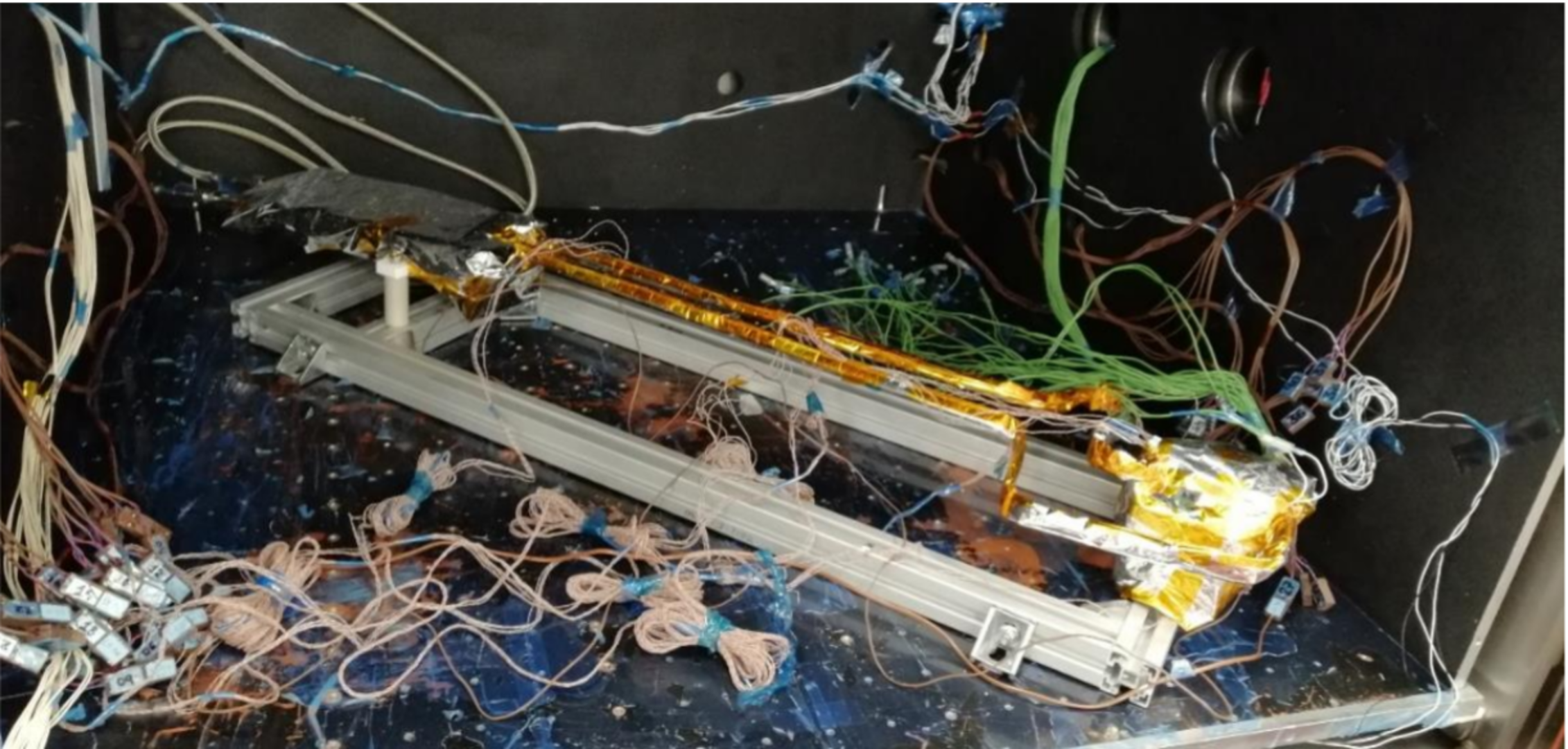Innovative flat design for loop heat pipe
Flat loop heat pipes are highly efficient for transferring heat, but their cylindrical design makes them difficult to mount onto an electronics box, where a heat pipe network is typically found.
A new TDE contract with IberEspacio, in Spain, wanted to solve this problem by using new additive manufacturing techniques to develop a flat version of the loop heat pipe and its evaporator.
Since a loop heat pipe has many components using additive manufacturing would help to reduce the costs of building this technology. A flat design would also make the equipment easier to mount.
This version would be placed next to the electronics box instead, allowing the heat to leave through the pipe, which would be sandwiched between the two.
The biggest challenge for the development came in building the wick, which is centred in the pipe and normally extensive to manufacture. The porous design needs to have holes of around 1-2 microns wide, but additive manufacturing techniques can only produce designs with holes of 20 microns at best. Holes this large would mean the pressure in the pipe would drop too low to allow the capillary forces necessary for the loop to function. Eventually a technique was found where a wick with pore sizes of 10 microns could be printed. The next hurdle was to find an architecture for the flat design that would not deform under the high pressures of the ammonia used in the equipment.
The final innovative design chosen uses a triple core design in a prism shape compared to the standard of one wick in a cylinder.
The breadboard, made of stainless steel, successfully completed environmental testing, but for future iterations will need to be built with an even smaller pore size and a reduced mass.
Using additive manufacturing not only reduced the cost of building this equipment but it also reduces its complexity (this design only has four parts in total) making it more suitable for use on CubeSats and Small Satellites where the thermal control needs to be more compact and very reliable even over the relatively short lifetimes of these lower cost missions.
All documentation for T721-403MT was received in June 2020.















 Germany
Germany
 Austria
Austria
 Belgium
Belgium
 Denmark
Denmark
 Spain
Spain
 Estonia
Estonia
 Finland
Finland
 France
France
 Greece
Greece
 Hungary
Hungary
 Ireland
Ireland
 Italy
Italy
 Luxembourg
Luxembourg
 Norway
Norway
 The Netherlands
The Netherlands
 Poland
Poland
 Portugal
Portugal
 Czechia
Czechia
 Romania
Romania
 United Kingdom
United Kingdom
 Slovenia
Slovenia
 Sweden
Sweden
 Switzerland
Switzerland

























